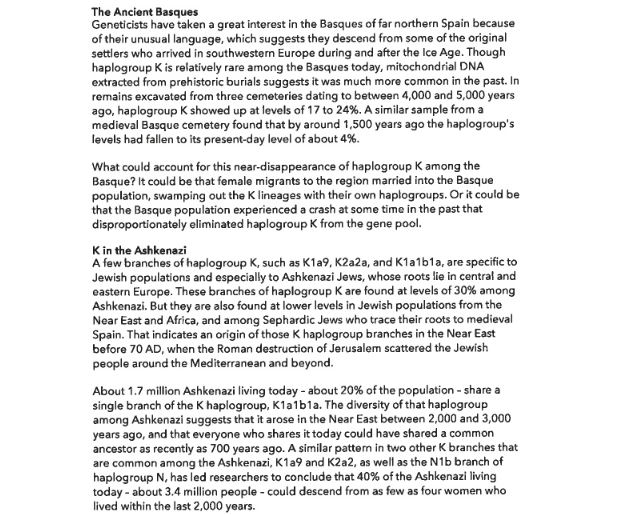
Here is why:
Blood type frequencies in Europe looked different at that time. More or less a melting pot today, frequencies of incidences of Rh negative phenotype greatly depended on tribe and fairly direct ancestry.

If you have never heard about the Yamnaya, don’t feel bad. But let me correct your first: You may have:
Archaeological discoveries of burial sites with female warriors on the Eurasian Steppes suggest that the Scythian women may have inspired the Amazon myth. In 2019 a grave with multiple generations of female Scythian warriors in golden headdresses was found near Russia’s Voronezh.
“Mystery” = Missed History

In 2017, a genetic study of the Scythians suggested that the Scythians were ultimately descended from the Yamna culture, and emerged on the Pontic steppe independently of peoples belonging to Scythian cultures further east. Based on the analysis of mithocondrial lineages, another later 2017 study suggested that the Scythians were directly descended from the Srubnaya culture. A later analysis of paternal lineages, published in 2018, found significant genetic differences between the Srubnaya and the Scythians, suggesting that the Srubnaya and the Scythians instead traced a common origin in the Yamnaya culture, with the Scythians and related peoples such as the Sarmatians perhaps tracing their origin to the eastern Pontic-Caspian steppes and the southern Urals. Another 2019 study also concluded that migrations must have played a part in the emergence of the Scythians as the dominant power of the Pontic steppe.
Again: Whenever something is identified as a mystery or “mysterious”, know and remember my line:
Mystery = Missed History.
You can fill in the blanks or keep things blank.
But back to the Yamnaya:

This area now the Ukraine was more or less the center of the Yamnaya culture.
The Yamnaya culture, also known as the Yamnaya Horizon, Yamna culture, Pit Grave culture or Ochre Grave culture, was a late Copper Age to early Bronze Age archaeological culture of the region between the Southern Bug, Dniester, and Ural rivers, dating to 3300–2600 BC.
Keep in mind, that the original (Proto) Basques were different genetically than their descendants today.
They were likely invaded by the Yamnaya and the y-DNA gene pool replaced.
To say it in the nicest way possible.
My questions in addition to the validity of the claim that 40% of the Yamnaya were Rh negative include:
- What were the Rh negative frequencies among the Proto-Basques before the Yamnaya invasions?
- Were the percentages higher before or after?
Y-DNA haplogroup R1b, said to find its origin of spread within the Yamnaya people, is more or less known as the “Celtic marker” also present among other groups where the Yamnaya men had offspring:

That includes modern Basques, Catalans, many unexpected parts of the world here and there. And guess what: Wherever R1b is high, Rh negative blood tends to be as well.

An investigative study was carried out on the familial relationships of a number of late 18th dynasty mummies (ca. 1550–1295 b.c.), including that of Tutankhamen. The study was based on the analysis of the autosomal and Y-chromosome STR markers in addition to mitochondrial hypervariable region 1 sequences. A 4-generation pedigree of Tutankhamun’s immediate lineage and the identity of his ancestors were established. The Royal male lineage was the Y-chromosome haplogroup R1b that was passed from the grandparent (Amenhotep III) to the father (KV55, Akhenaten) to the grandchild (Tutankhamen). The maternal lineage, the mitochondrial haplogroup K, extended from the great-grandmother (Thuya) to the grandmother (KV35 Elder lady, Queen Tiye) to the yet historically unidentified mother (KV35 Younger lady) to Tutankhamen (38,55).
https://academic.oup.com/hmg/advance-article/doi/10.1093/hmg/ddaa223/5924364
It is interesting that the mtDNA of Tutankhamun was haplogroup K. I wasn’t previously aware, but if you have read a lot on this blog, you may remember this:




Very interesting. The kind of info I’ve tried to find, so thank you for these publications.